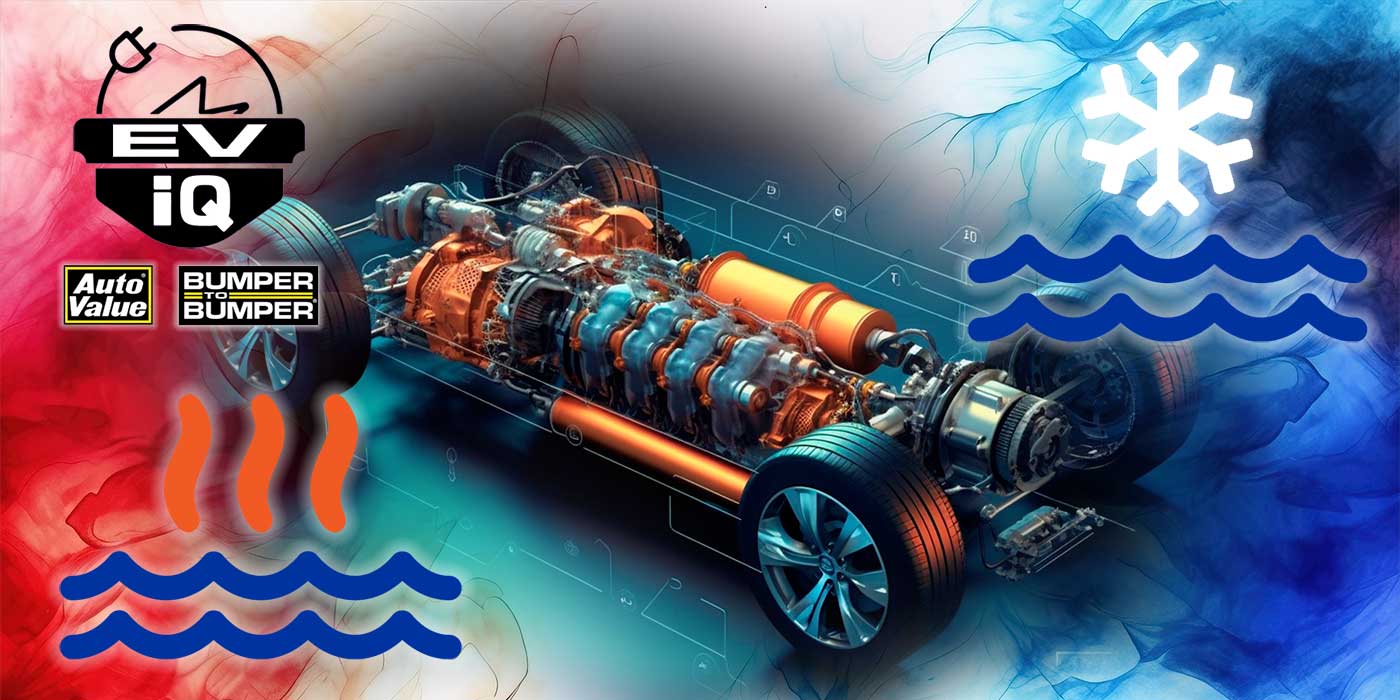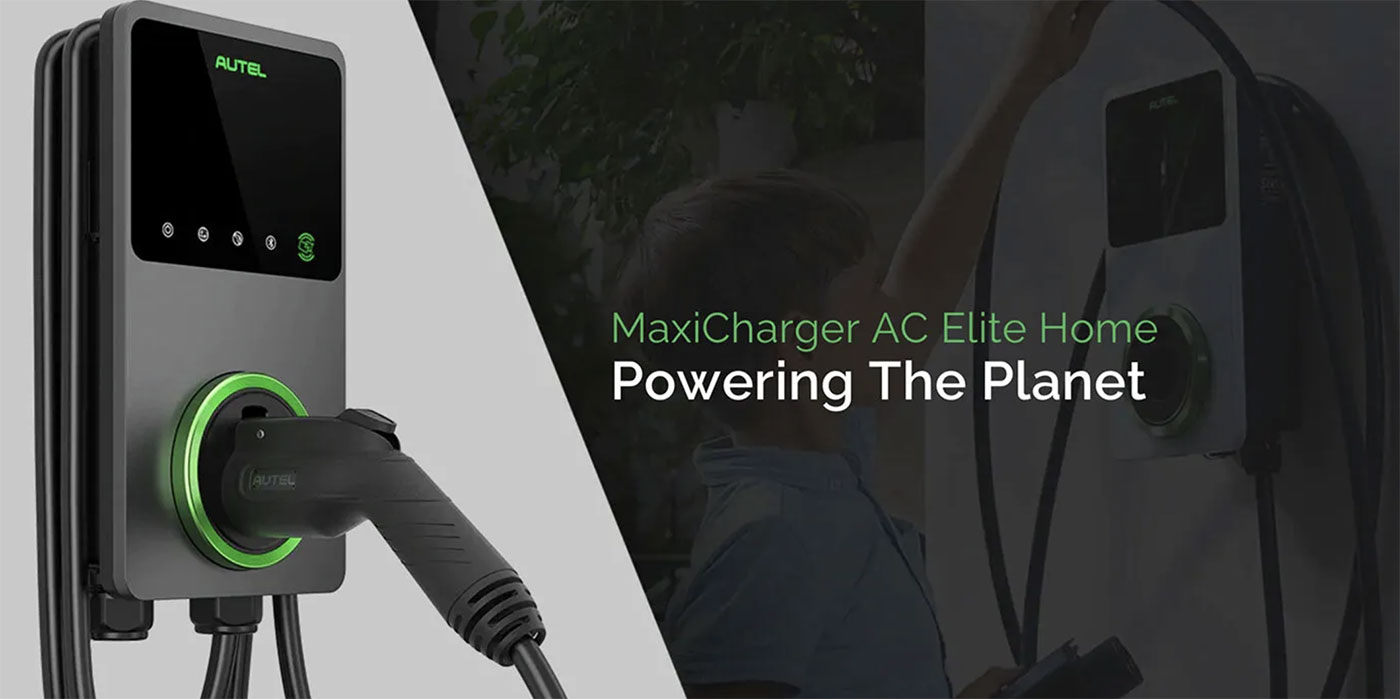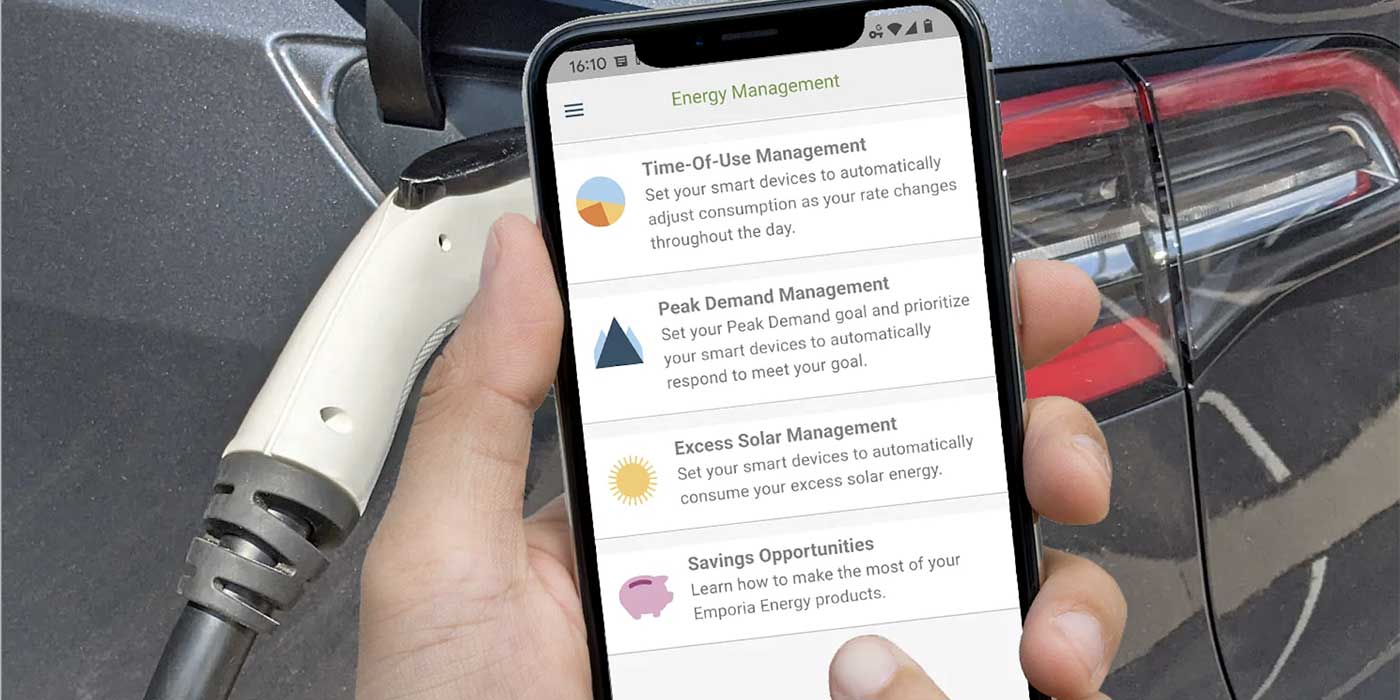For all the hype that the general consumer tends to give the latest EV, operating alongside these new vehicles is the absolutely massive electric vehicle charging station market, which is growing at the same pace as the actual EVs themselves.
In fact, a recent report by a group called Meticulous Research shows that the electric vehicle charging stations market is expected to reach a value of $103.6 billion by 2028. This explosive growth makes sense when you consider the government initiatives getting rolled out to drive the adoption of EVs and their associated infrastructure.
As demand rises for electric vehicles, so do driver worries like range anxiety. And what’s a good cure for range anxiety? The ability to charge on the go! Enter charging stations.
On the surface, there’s not much you need to know. A plug meets a socket and electricity flows. That’s pretty much the basics of EV chargers. But dig a little deeper and you’ll see there’s a lot more to know. So, consider this a 101 course on charging stations.
There are basically three levels of chargers that are widely available for electric cars today, and they fit into two categories, residential and commercial.
If you own an EV and a home, you’re probably familiar with at least one form of residential charging stations. In fact, the dealership probably gave you one or helped suggest where to get one when you bought your car.
Commercial charging stations are what you’re more likely to find when you’re out and about. Maybe you’ve seen them at the grocery store, a parking garage, at a restaurant or where you work. These tend to be built to be more robust and to handle the elements, and typically come with software to help the owner track and manage usage and bill EV drivers tapping into their services.
From there, it’s important to be aware of the different Levels. Level 1 charging uses your standard, three-prong outlet you have at home. Ever plug in a computer or a microwave? Then you’re familiar with Level 1.
You typically only see this level of charging station used for residential charging, because it just doesn’t make much sense in a commercial sense; it takes far too long to charge the vehicle. With a power level of something like 120 volts, you’re looking at getting about 5 miles of range per hour, which can translate to as much as 20 hours or more on the charger if you want to fully charge something like a Nissan Leaf. Although, keep in mind that I’m just talking in general here, every model of EV is different.
Level 2 chargers might be the most common today if you’re talking commercial charging, and you’ll also find residential versions as well. At a power level of around 240 volts, we’re now talking about the energy level of something closer to a home washing machine. These machines are much faster than Level 1 chargers, and can take that same Nissan Leaf from empty to full in about 5 or 6 hours, supplying about 25 miles or ranger per hour.
Then you’ve got Level 3 chargers, which also go by the name DC Fast Chargers, and as the name suggests – oh boy, these puppies can really fly! With a power level at as much as 500 volts, you can take that Nissan Leaf from zero to full in around 30 minutes, with a charging speed of 100 or more miles per hour.
Now, don’t get tricked into thinking that a higher-level charger is just better. In some ways yes, especially when you consider miles of range you’ll gain per hour. But, a big benefit of Level 1 charging over Levels 2 or 3 is the lower electricity costs. Level 1 also just plugs into a standard, three-prong outlet, so there’s a good chance residential customers will be able to avoid the infrastructure cost of installing a new plug type.













